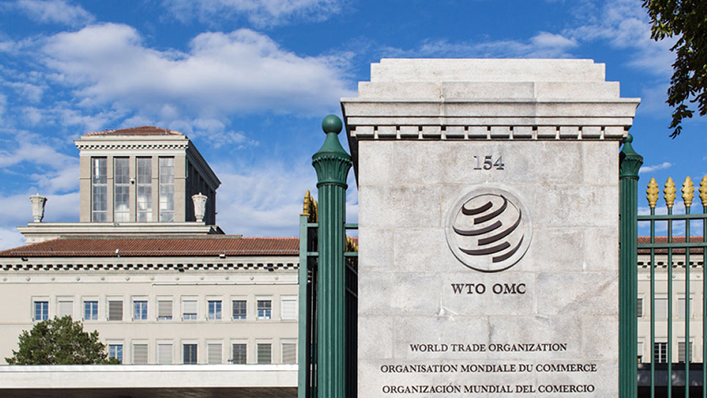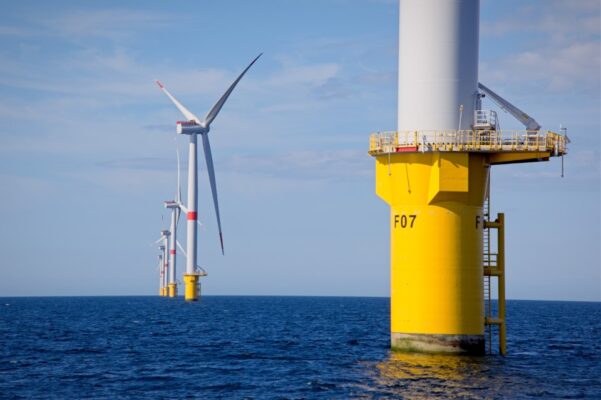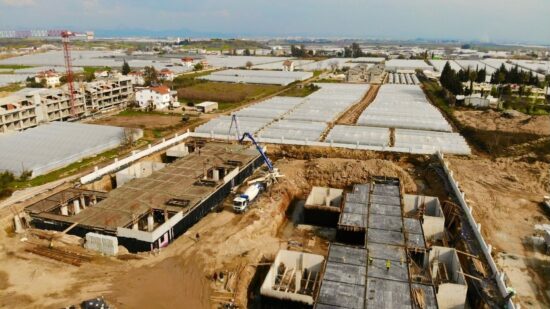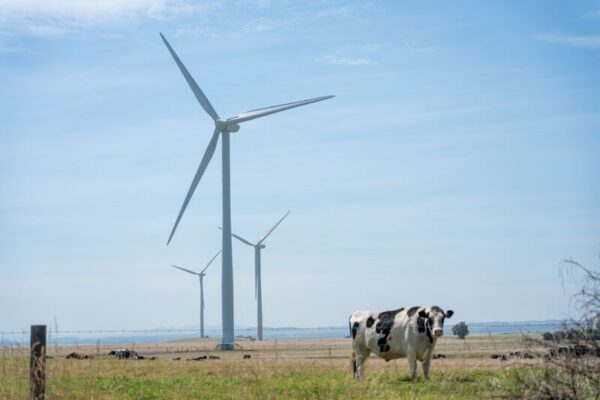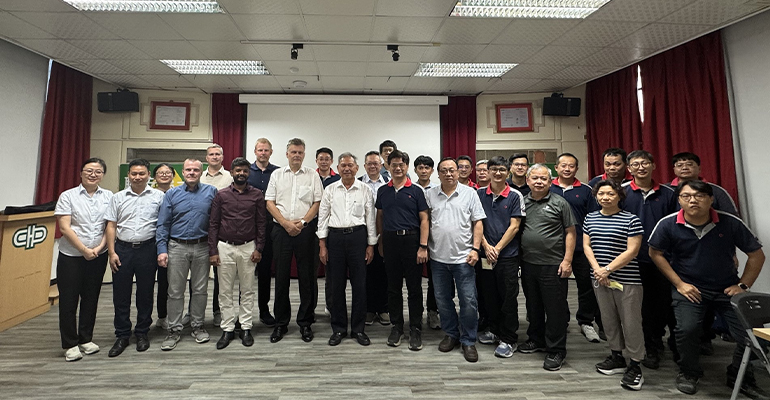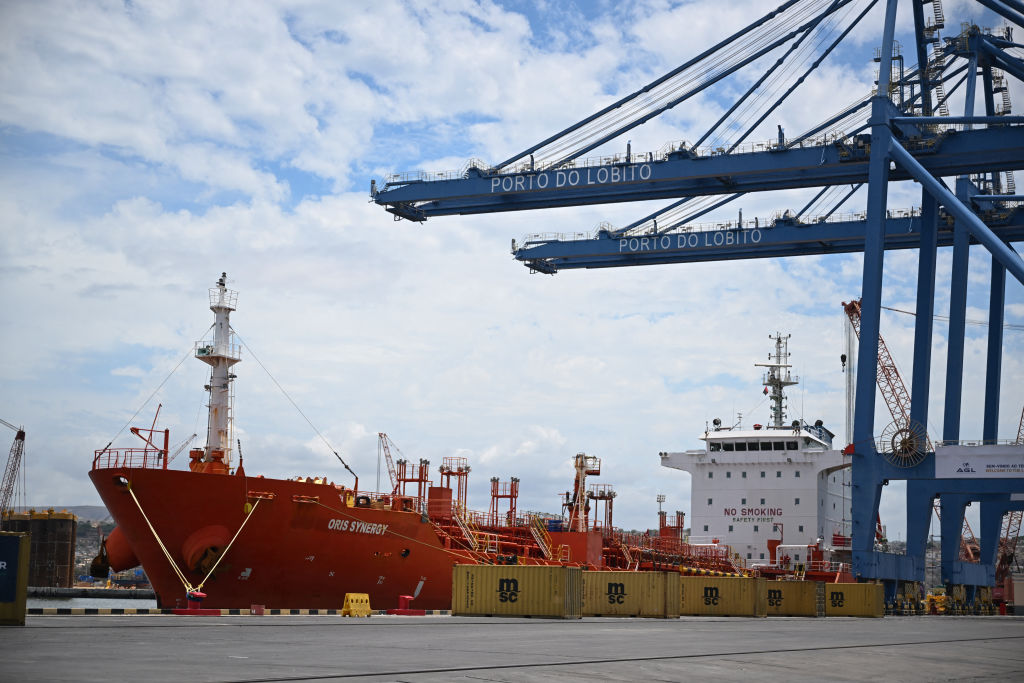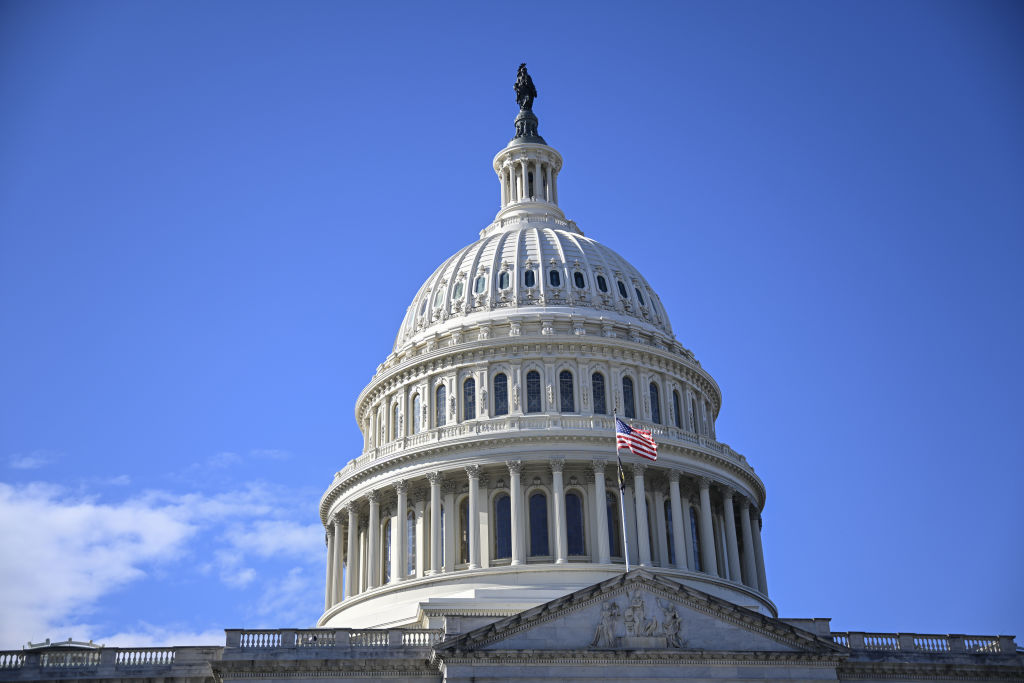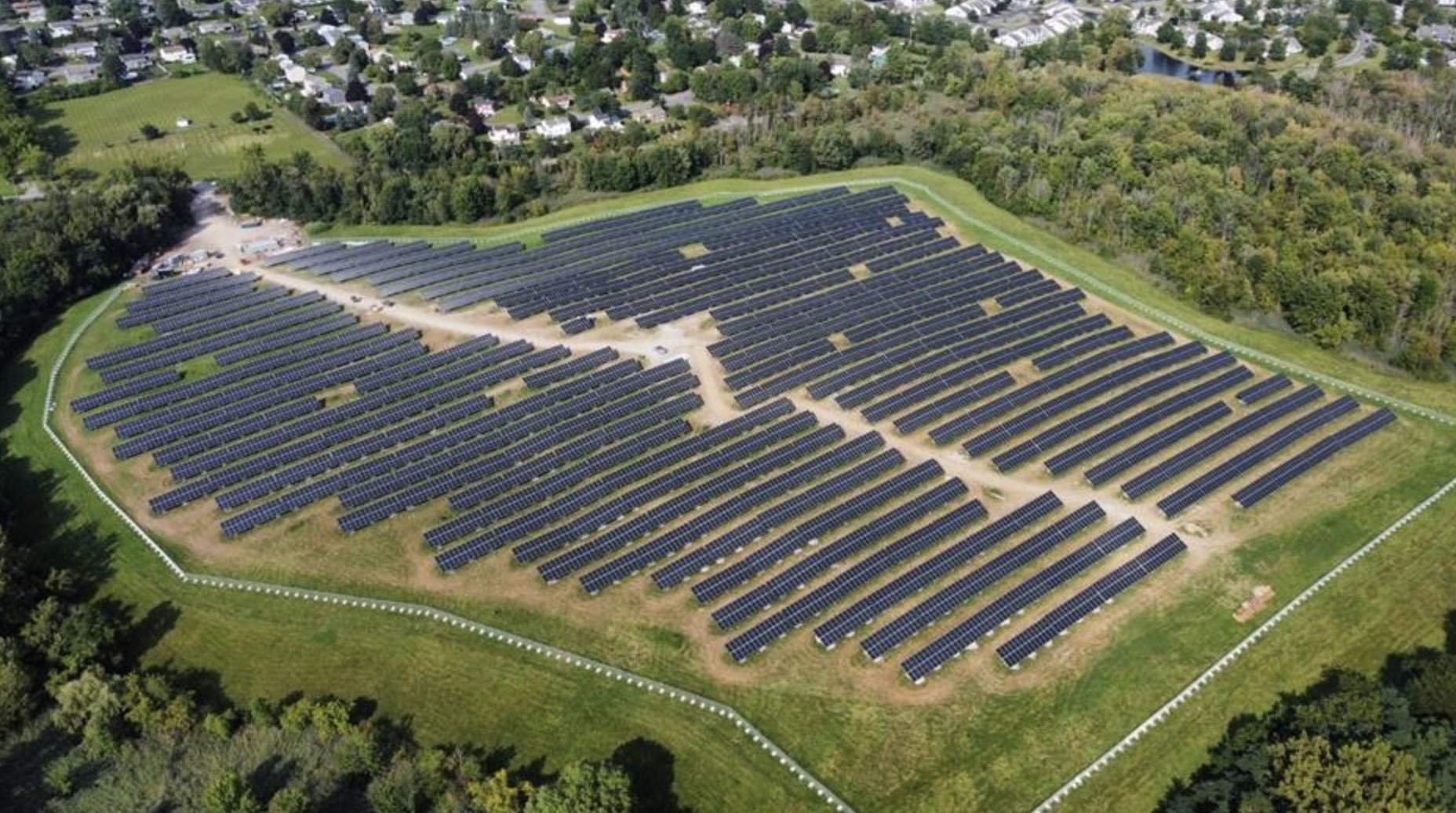Solar primed for expansion in Malaysia
State support is nothing new for solar in Malaysia, but following years of steady growth, things are ramping up. Following a big tender announcement and a slew of new support mechanisms, industry leaders and market analysts tell pv magazine how blending private sector investment with government backing can bring Malaysian PV to the next level.

State support is nothing new for solar in Malaysia, but following years of steady growth, things are ramping up. Following a big tender announcement and a slew of new support mechanisms, industry leaders and market analysts tell pv magazine how blending private sector investment with government backing can bring Malaysian PV to the next level.
Malaysia kicked off 2025 by opening a 2 GW tender for utility-scale solar, which included a 500 MW capacity quota for floating solar. Big numbers for a nation that had 2 GW of solar capacity in 2024, according to data from think tank Ember.
State support for solar isn’t new in Malaysia, which introduced its first feed-in tariff in 2011 and a net energy metering scheme in 2016. However, the pace of change is ramping up. Malaysia aims to generate 40% of its electricity from renewables by 2035 and there has been a flurry of activity to support solar.
New mechanisms
Malaysia’s Ministry of Energy Transition and Water Transformation (PETRA) unveiled the Corporate Renewable Energy Supply Scheme (CRESS) in July 2024, in a bid to increase corporate demand for green energy. Effective since September, CRESS is a successor to Malaysia’s Corporate Green Power Purchase Program (CGPP), but where CGPP only facilitated virtual power purchase agreements (vPPA,) the new CRESS mechanism lets companies sign PPA contracts directly with renewable energy developers.
There’s a new offer for the domestic market, too. PETRA’s new Community Renewable Energy Aggregation Mechanism (CREAM) was launched in February, allowing homeowners to lease their rooftops for solar installations.
Meanwhile, national utility Tenaga Nasional Berhad (TNB) announced in April 2025 that it will more than double its capital expenditure budget to MYR 42.8 billion ($10 billion) in response to clean energy challenges. TNB serves Peninsular Malaysia and has a subsidiary in the Malaysian state of Sabah, on Borneo.
Welcome support
Increased support and investment have been welcomed by industry. Justin Sim, president of the Malaysian Photovoltaic and Sustainable Energy Association (MPSEA) and managing director of North Consult Engineering, told pv magazine the Large-Scale Solar (LSS) subsidy has facilitated growth for local developers.
Malaysia’s solar developers are facing the same problems seen worldwide: a shortage of engineers and skilled labor. The attractiveness of job offers from wealthy neighbor Singapore also poses a challenge. It’s an issue the MPSEA is working on, Sim said, and the association is rolling out training to ensure local solar developers have a high-quality workforce.
MPSEA is also expanding its brief following a rebrand in May 2025. Formerly the Malaysian Photovoltaic Industry Association, Sim said MPSEA’s new identity reflects its desire to engage with the entire renewable energy sector. The name change coincides with Malaysia’s government and TNB increasing their focus on battery energy storage systems (BESS). The new CRESS mechanism includes a discounted grid fee when solar is co-located with BESS, while the sixth LSS tender round is expected to include a quota for BESS when it goes live.
Certified growth
The government appears to have woken up to the country's untapped solar potential, but the private sector's role shouldn't be ignored. More stringent sustainability targets for multinationals are shifting demand for carbon-free electricity up the supply chain. For Malaysia, that has potential to stimulate the renewable energy certificate (REC) market, which should be good news for solar.
Nirinder Singh Johl founded Asia Carbonx Change after stepping down as managing director of TNB, following more than 30 years at the utility. He said unbundled RECs tied to solar plants are more attractive to multinationals than the RECs bundled in energy tariffs offered by TNB.
“[Bundled RECs] don’t give the kind of value or additionality multinational corporations are looking for,” said Singh Johl. “Corporate buyers don’t buy on an open exchange, they have a lot of questions … all these questions can be answered by traders who can go plant by plant.”
Reik Ong, managing director of Singapore-based Saxon Renewables, also sees opportunities in RECs as a driver for solar. Saxon Renewables is a subsidiary of Solarvest, a Malaysian solar developer with more than 2 GW of projects under its belt. Ong told pv magazine that RECs demand previously consisted of a small client list buying lots of certificates. Now there is increasing interest from SMEs and other businesses with less knowledge of the market than the multinationals.
“More supply chains are starting to get pressure to set a renewable energy road map”, said Ong. “We see a lot of new companies that don’t know how to start. Although now they’re buying a very small volume, in the long run the [emissions] targets will only keep increasing and the [electricity] consumption will only be increasing.”
Flexible approach
Growing renewables in the generation mix as demand increases might support the RECs market, but it also presents grid challenges in Peninsular Malaysia and the states of Sarawak and Sabah.
Ember analyst Shabrina Nadhila noted that in Sabah, the solar net metering scheme quota was lower than Peninsular Malaysia due to grid issues. Nadhila was the lead author of an Ember report on Malaysian solar and grid flexibility published in 2024, which argued the country is “well-positioned” to meet its electricity needs through renewables provided grid infrastructure is improved. The report also described BESS investment as critical, while acknowledging this could be costly.
Attracting more private sector investment looks key to unlocking Malaysia’s untapped solar potential. Nadhila said bringing the private sector in through mechanisms like CRESS “can entice more investment,” adding that further state and private sector cooperation is possible.
“Malaysia’s industrial sector has grown significantly, and I think the government can leverage from there,” Nadhila said.
What's Your Reaction?










